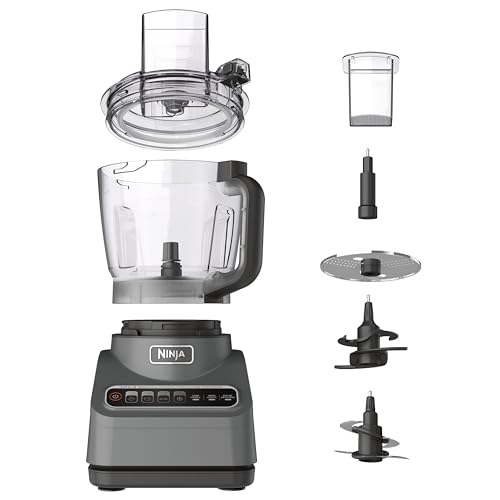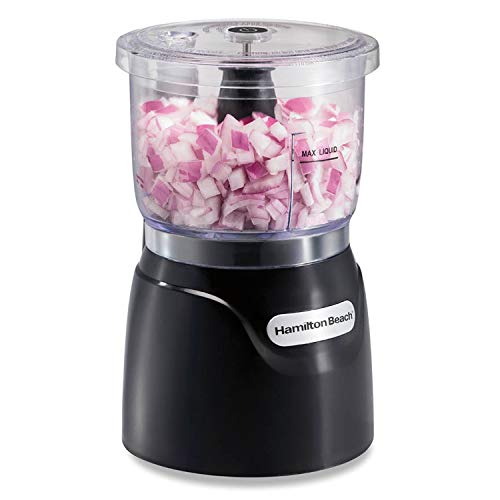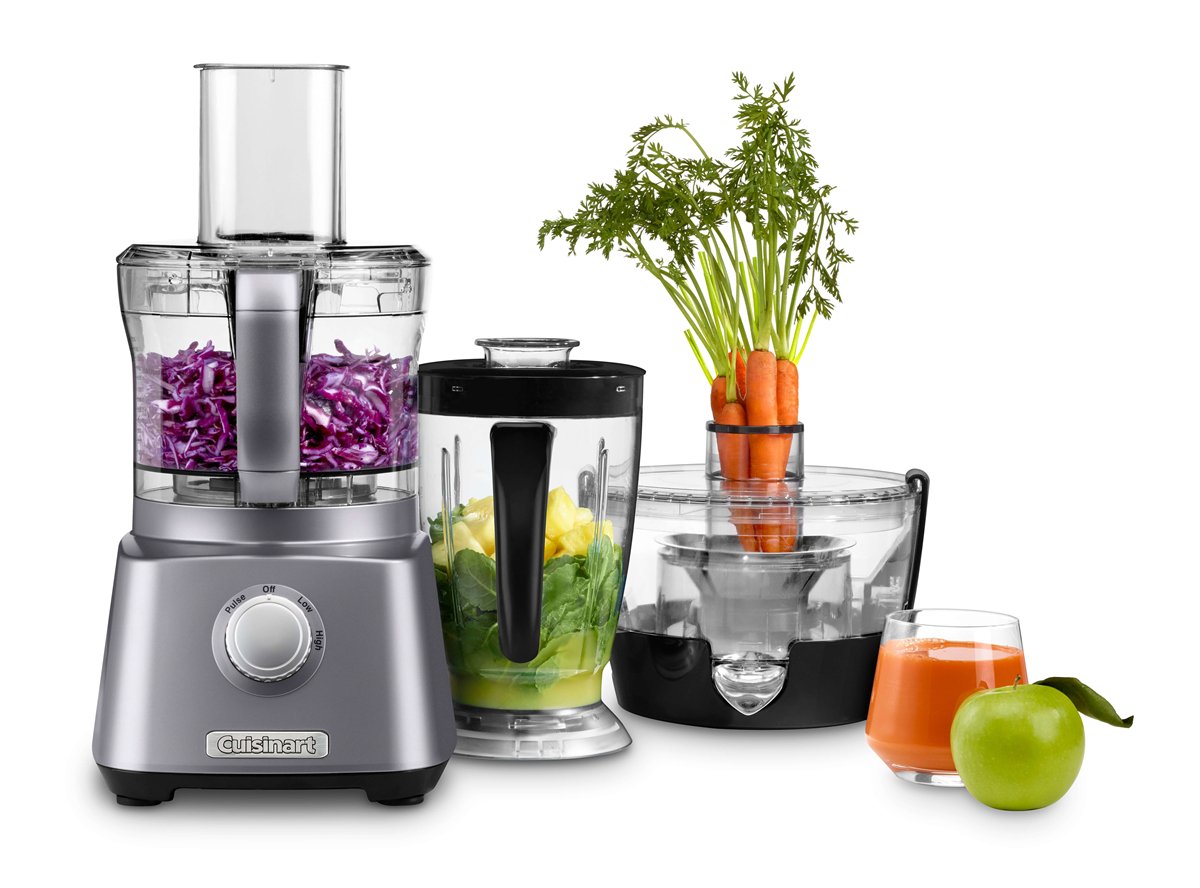
How to clean a food processor?
Cleaning a food processor can sometimes be a daunting task, but don’t worry- I’m here to help you through it step by step. In this how-to guide, I will walk you through the process of cleaning your food processor and provide you with tips and tricks to make the task easier and more efficient. By following these steps, you’ll be able to maintain the hygiene and longevity of your food processor, ensuring that it continues to serve its purpose effectively.
The Best Kitchen Cleaning Tools & Tips For 2023 | Gear Heads
Hannah and Lisa show you how you stock your kitchen with the very best cleaning supplies and give you their top cleaning tips ...
Step 1: Disassemble the food processor
To begin disassembling the food processor, the first and most important step is to ensure the device is completely disconnected from the power source. Start by carefully unplugging the power cord from the wall outlet or surge protector. This will eliminate any risk of electric shock while handling the components of the processor.
Next, focus on removing the lid of the food processor. Take a gentle approach and hold the lid firmly to prevent any accidental dropping or breaking. Lift it straight up and away from the base, being cautious of any rotating or moving parts that could be engaged. Once the lid is detached, place it aside in a safe location where it won’t be damaged.
Now, it’s time to remove the blades and any other removable parts. Consult the user manual provided with your specific food processor model. It will provide detailed instructions on the correct method for disassembling your machine. Follow these guidelines precisely to ensure proper removal without causing any unnecessary damage or harm. By adhering to the instructions given in the user manual, you will successfully disassemble your food processor and be ready for the next step in the process.
Step 2: Wash the removable parts
To wash the removable parts of the food processor, start by filling a sink or large bowl with warm soapy water. Place the removable parts, such as the bowl, lid, and blades, into the water. Next, grab a sponge or brush and use it to scrub away any food residue that may be stuck to the parts. Make sure to pay special attention to the blades, as they tend to accumulate food particles. Additionally, check for any crevices or hard-to-reach areas where food may have accumulated, and give them a thorough scrubbing. Once you have scrubbed all the parts, rinse them thoroughly with clean water to remove any soap residue.
For example, imagine you have just used your food processor to make a batch of hummus. The removable parts, such as the bowl, lid, and blades, are now covered in thick hummus residue. To clean them, fill a sink with warm soapy water and place all the parts in the water. Take a sponge and begin scrubbing the surfaces of the parts, making sure to remove all the hummus. Pay special attention to the blades, as they tend to have small crevices where hummus might have accumulated. Use the sponge or a brush to reach these areas and give them a good scrub. Once you have scrubbed all the parts, rinse them thoroughly with clean water to ensure all the soap and hummus have been removed.
Step 3: Clean the base of the food processor
Using a damp cloth or sponge, wipe down the base of the food processor. Be careful not to get any water or cleaning solution into the electrical components.Clean any stubborn stains using a mild kitchen cleaner or vinegar solution.Dry the base thoroughly with a clean cloth.
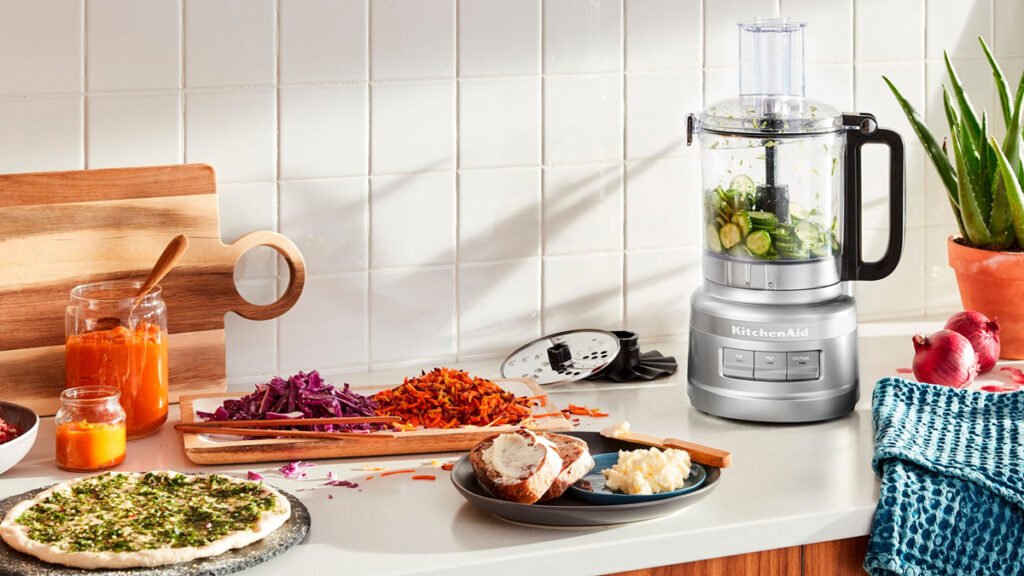
Step 4: Dry and reassemble the food processor
After washing and drying all the parts, ensure they are completely dry before reassembling the food processor. This step is crucial in preventing any moisture from causing damage or corrosion. To do this, gently pat each piece dry with a clean dishcloth or towel. Allow them to air dry for a few minutes if necessary.
Next, refer to the user manual for proper reassembly of the blades and other parts. Begin by aligning the blades with the designated slots or grooves inside the processor bowl. Make sure they are securely in place before proceeding. Then, carefully place the bowl on top of the base, ensuring it sits evenly and securely. Finally, attach the lid or cover, making sure it is properly locked into position before using the food processor again. Following these steps will ensure the food processor is reassembled correctly and ready for use.
Step 5: Store the food processor
Once the food processor has been thoroughly cleaned and dried, it is crucial to find a suitable place to store it. To ensure its longevity and functionality, protect the food processor from dust and moisture by storing it in a clean and dry environment. This will also prevent any potential damage to the internal components of the appliance.
To further safeguard the food processor, it is recommended to neatly wrap and secure the cord before storage. Take the cord and carefully arrange it in a tidy manner, making sure there are no twists or tangles. Next, use a cord tie or wrap it around the food processor’s body, securing it in place. This will not only minimize the chances of the cord getting damaged or tangled but also make it easier to locate and use the appliance when needed. By following these storage guidelines, you can keep your food processor in optimal condition and ensure its longevity for future use.
Key Takeaways
In conclusion, proper cleaning and maintenance are crucial for keeping your food processor in optimal condition for years to come. By following the steps outlined in this guide, you can ensure that your appliance remains efficient, hygienic, and safe to use. Regularly cleaning the blades, bowl, and lid, as well as checking for any build-up or residue, will prevent food contamination and enhance the overall performance of your food processor. Remember, a well-maintained food processor is a reliable kitchen companion that will consistently deliver exceptional results.
Efficient Cleaning Methods
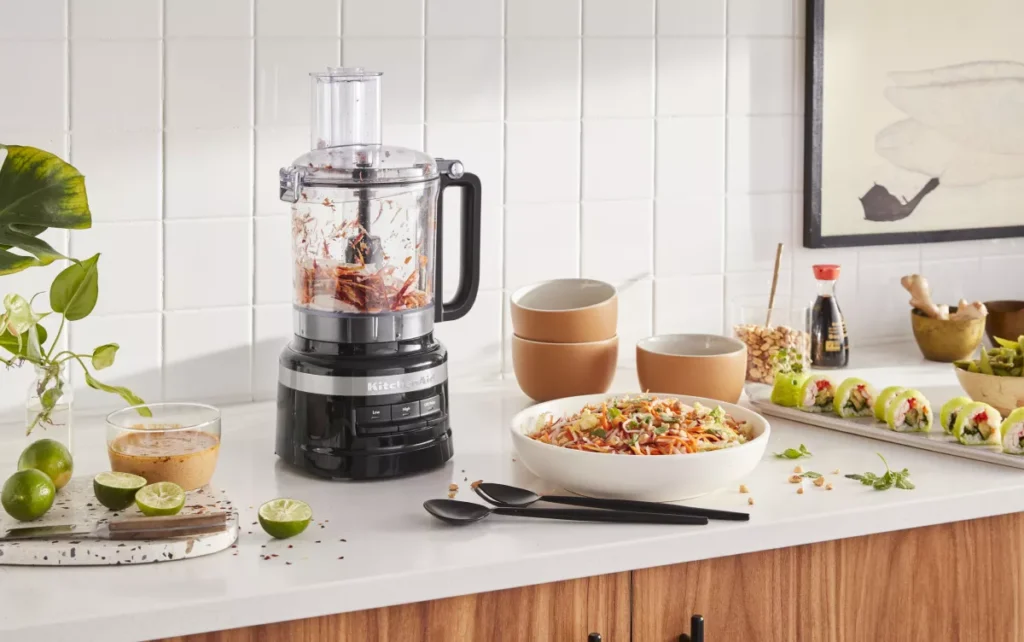
Step-by-Step Guide to Using Your Food Processor
- First, make sure the food processor is properly assembled and all the components are in place
- Next, place the food you want to process into the processing bowl. Make sure to cut the food into small, manageable pieces to ensure a smoother result
- Secure the lid tightly on the bowl to prevent any spills or accidents during operation
- Depending on the desired result, choose the appropriate blade or attachment for the food processor. Common options include the chopping blade, slicing disc, or grating disc
- Once the desired blade is selected, lock it into place in the processor’s motor base
- Plug in the food processor and turn it on using the appropriate settings. Start with the lowest setting if you’re unsure, and gradually increase the speed as needed
- Allow the food processor to run for the required amount of time to achieve the desired consistency. Keep an eye on the progress and stop the machine if necessary to check or adjust the food
- After processing, carefully remove the lid and extract the processed food from the bowl. Be cautious of any sharp blades or attachments
- Clean the food processor thoroughly after use by disassembling the components and washing them with warm, soapy water. Make sure to dry everything properly before storing
- Finally, store all the components in a safe place, ideally together with the main unit, to ensure easy access and to keep everything organized for future use
Frequently Asked Questions about Food Processors
How easy is it to clean a food processor after use?
Cleaning a food processor is generally a straightforward and uncomplicated process. However, the ease of cleaning may vary depending on the specific model and its features. Generally speaking, most food processors available on the market today are designed with removable parts, making them easier to clean.
To clean a food processor, I would begin by unplugging the appliance and disassembling the parts. Most food processors consist of a bowl, lid, blades, and sometimes additional attachments. These parts can usually be easily detached and washed separately.
Next, I would carefully hand-wash each component using warm soapy water. It is essential to pay attention to any nooks, crevices, or sharp blades where food might have been trapped. I usually use a soft brush or sponge to clean hard-to-reach areas, ensuring thorough cleaning.
For safety reasons, it’s important to avoid submerging the base of the food processor or any electronic parts in water. Instead, I would wipe the base clean with a damp cloth, being cautious of the electrical components.
After cleaning, I make sure to rinse all parts thoroughly to remove any soap residue. Once dried, I reassemble the food processor, ensuring that each part fits securely.
In conclusion, the ease of cleaning a food processor after use varies depending on the model. However, most food processors are designed with detachable parts that can be hand-washed, making the cleaning process relatively straightforward.
Are there any specific brands or models known for their durability and reliability in the food processor market?
Yes, there are specific brands and models that are known for their durability and reliability in the food processor market. One example is the KitchenAid brand, particularly their models such as the KitchenAid 7-Cup Food Processor. Another reliable brand is Cuisinart, known for models like the Cuisinart DFP-14BCNY 14-Cup Food Processor. These brands have a reputation for producing high-quality food processors that are built with durable materials and have a long lifespan.
Are there any noise concerns associated with using a food processor?
Yes, there can be noise concerns associated with using a food processor. Food processors typically have powerful motors that generate significant noise during operation. The loud noise can vary depending on the specific model and settings used, but it is generally advisable to expect a certain level of noise when using a food processor.
Read More :






